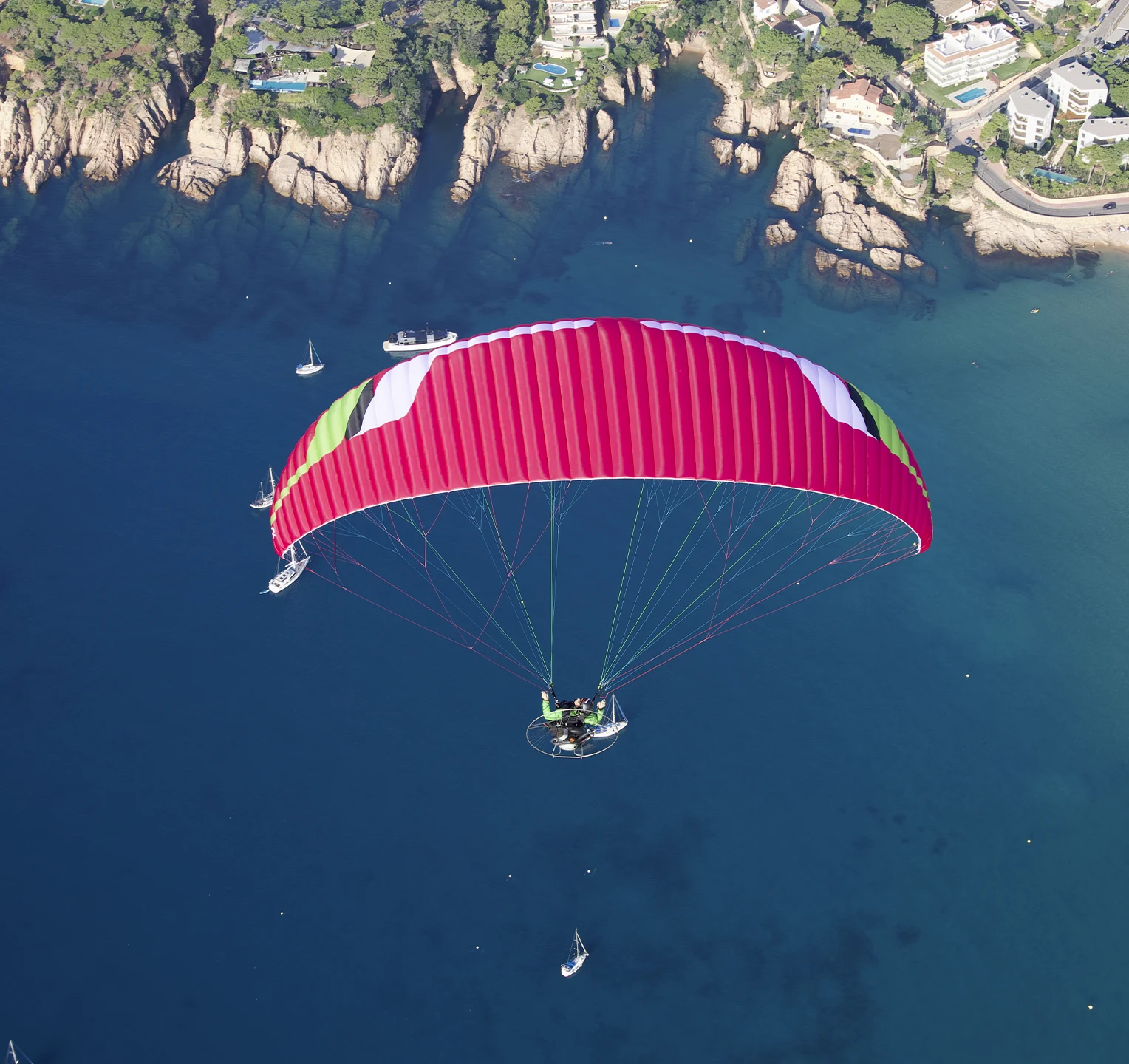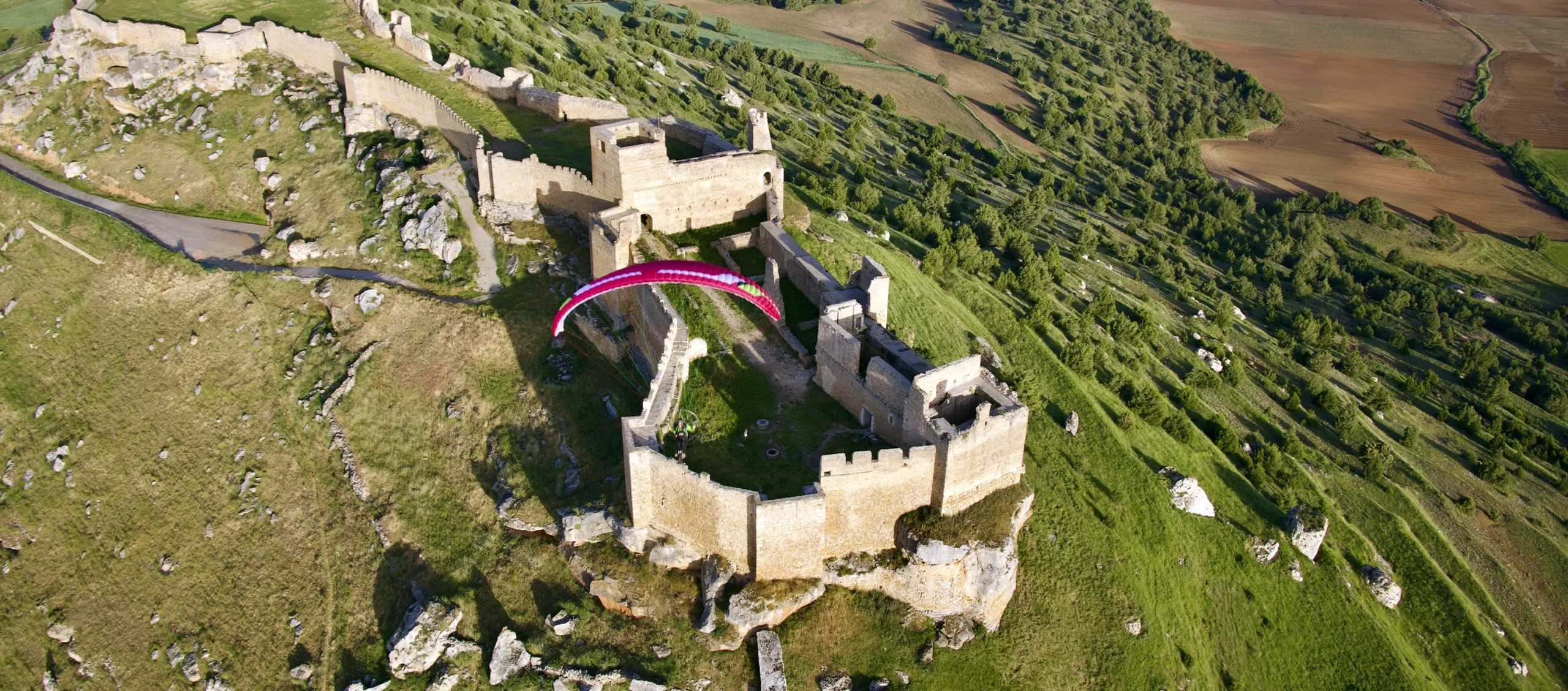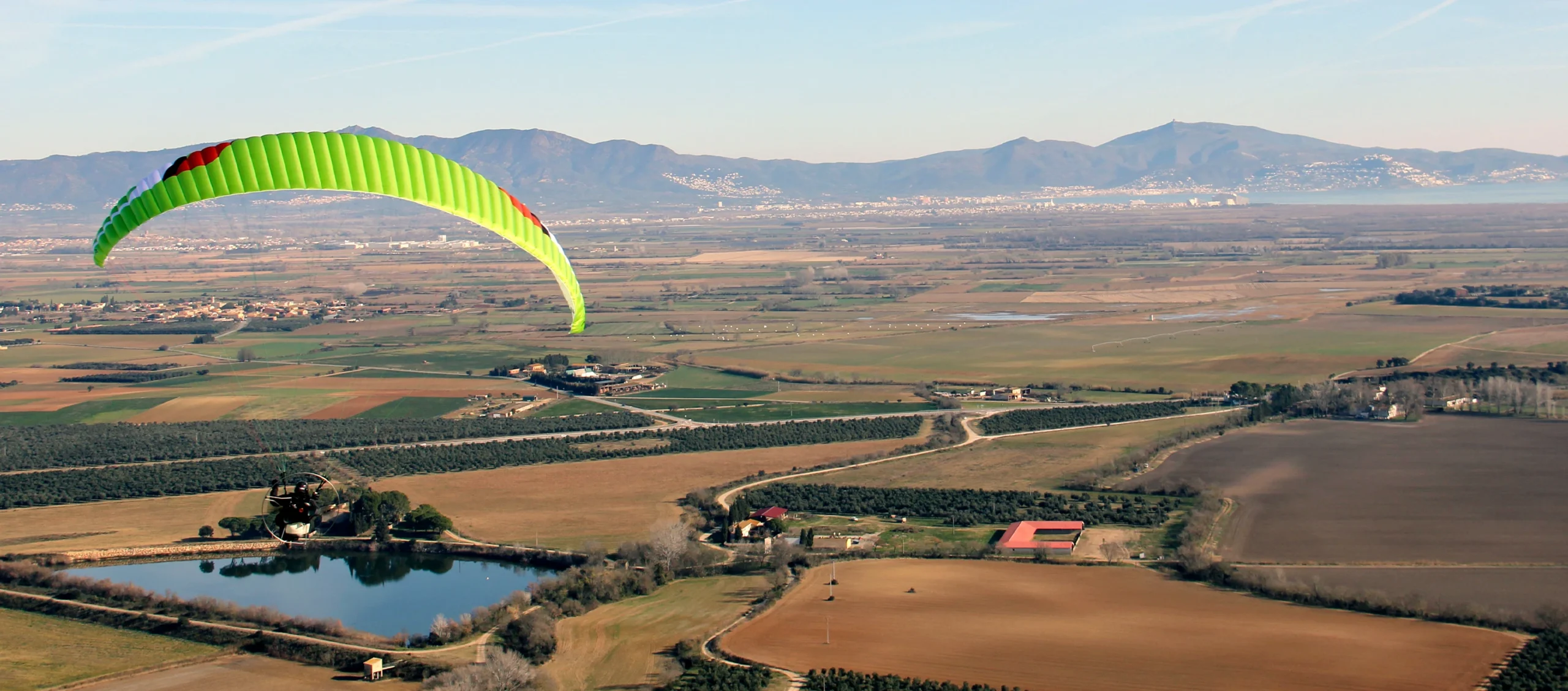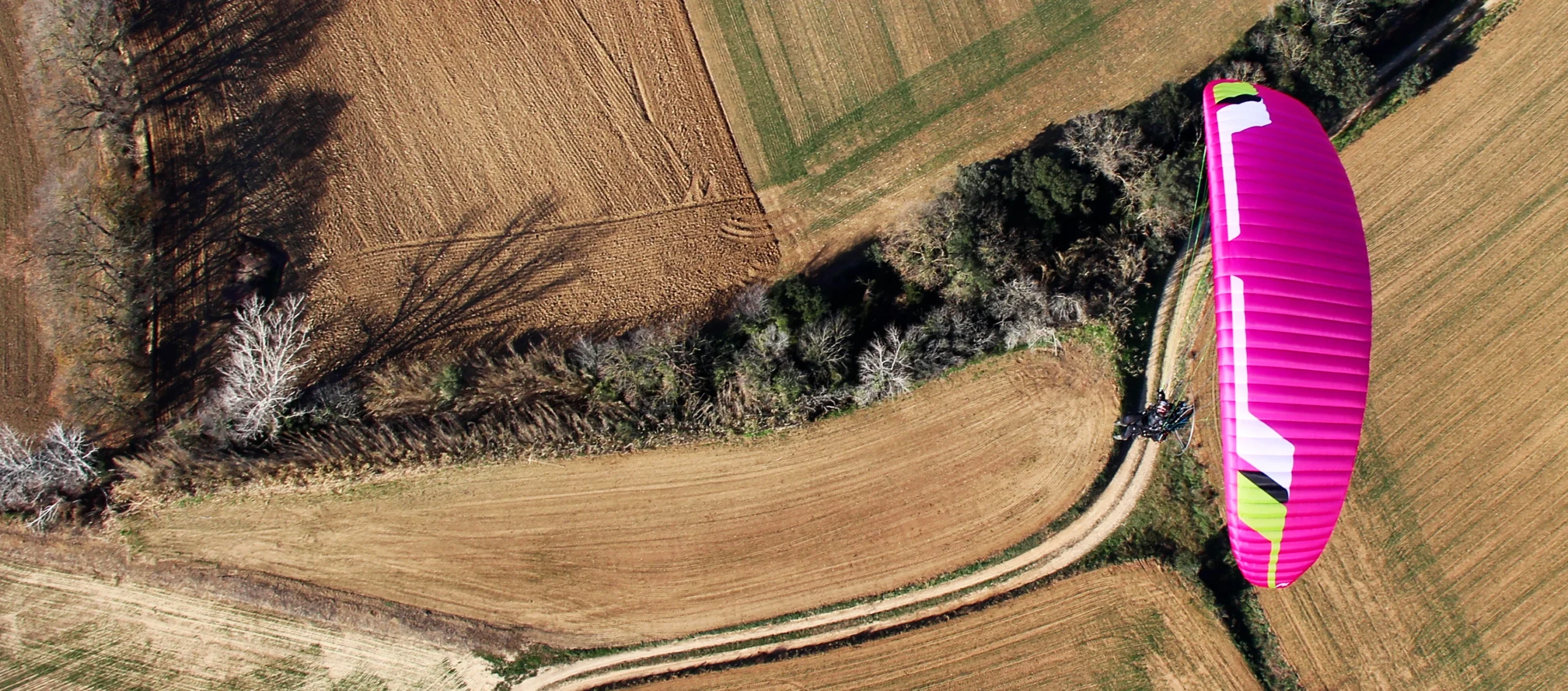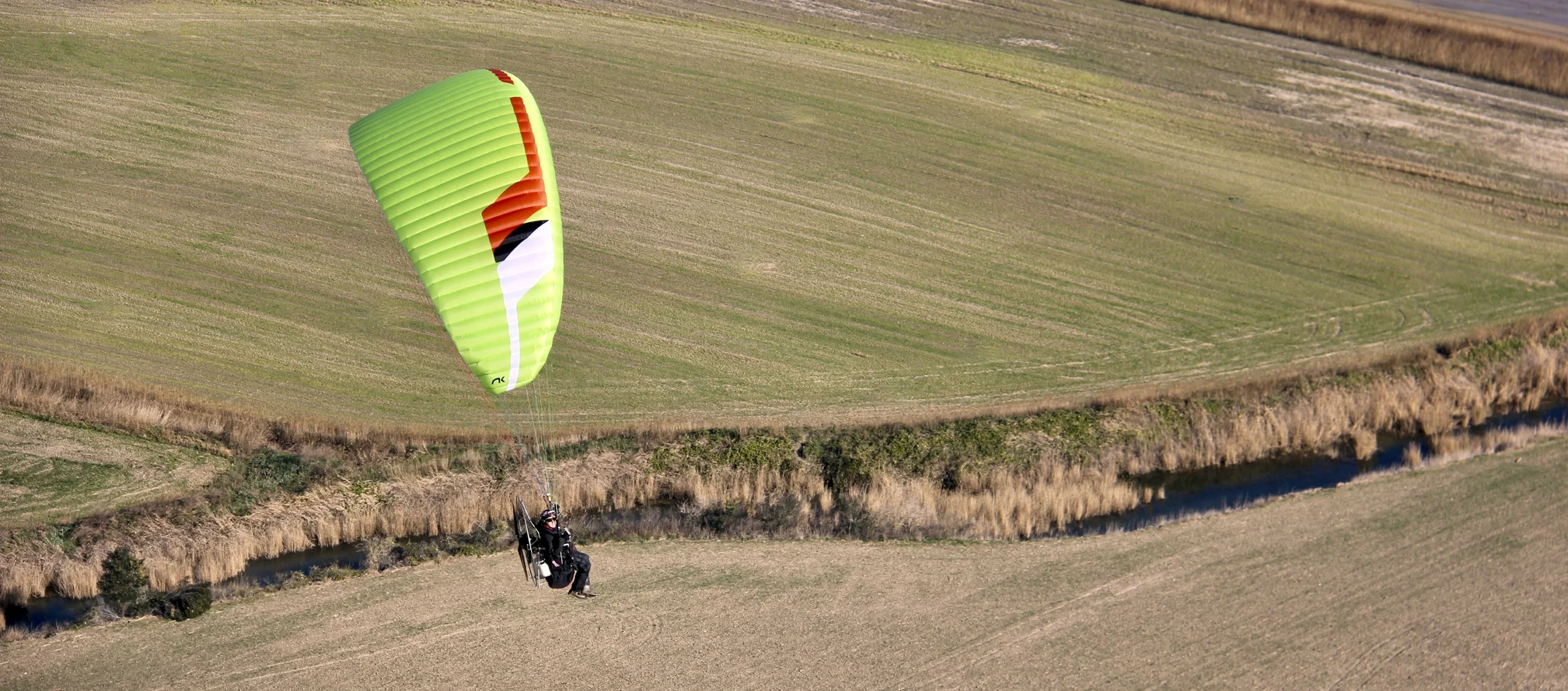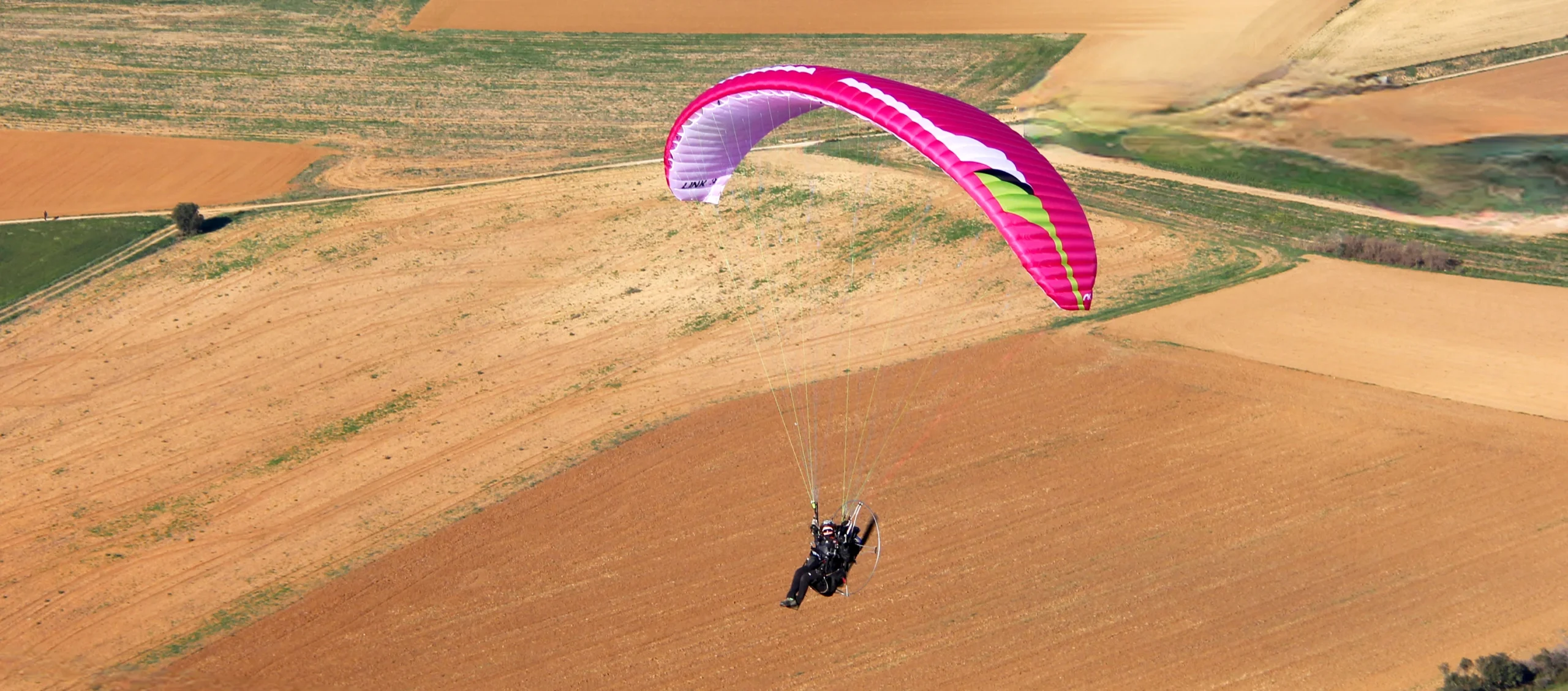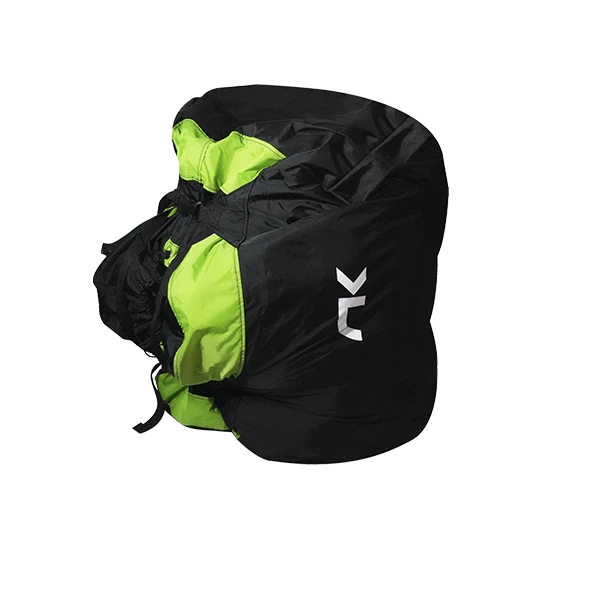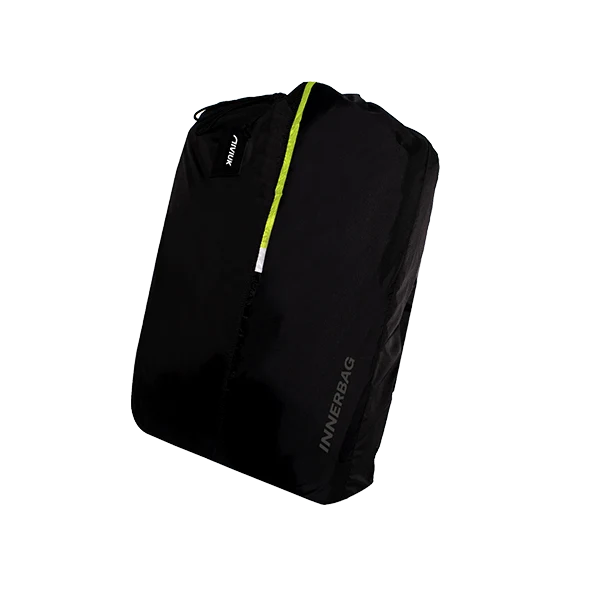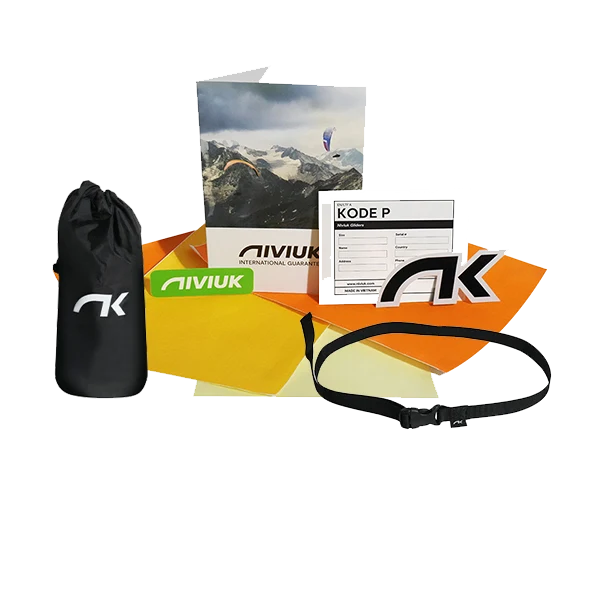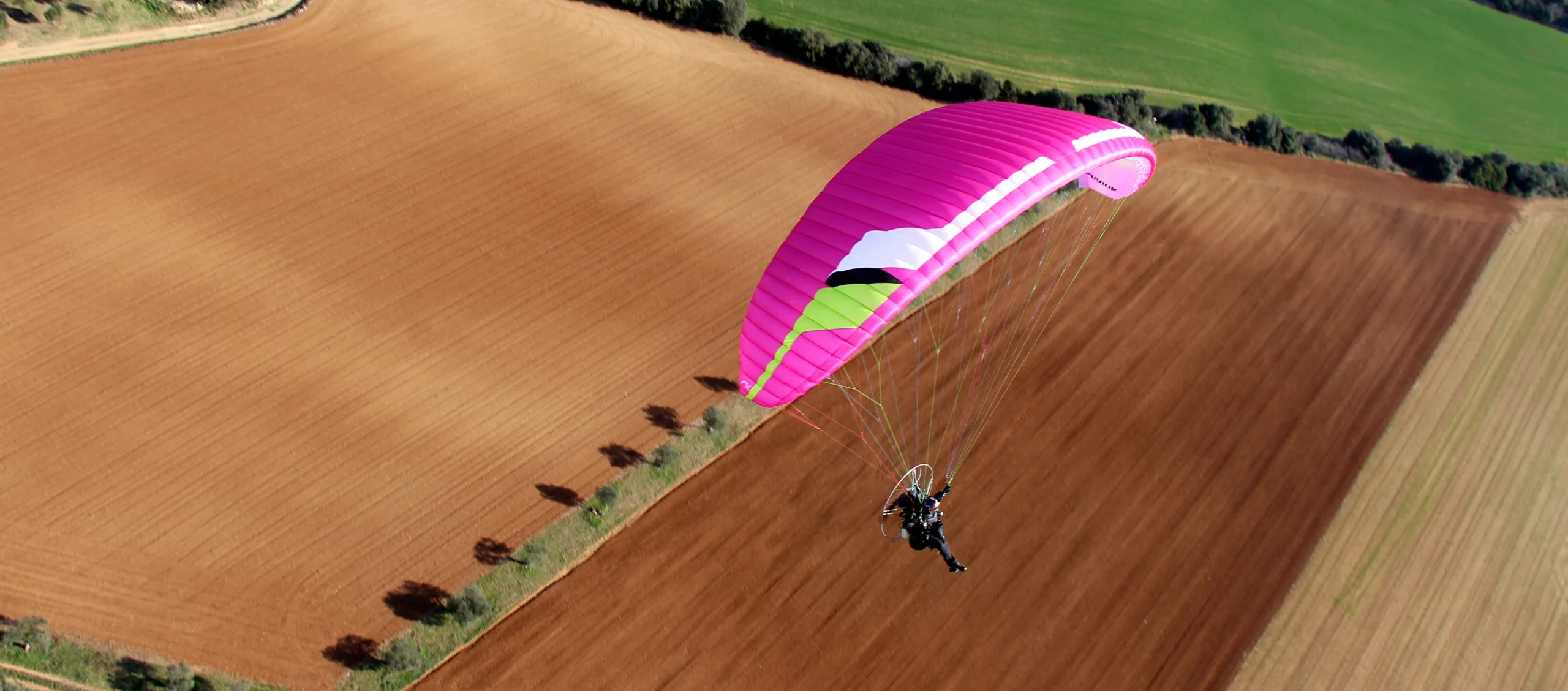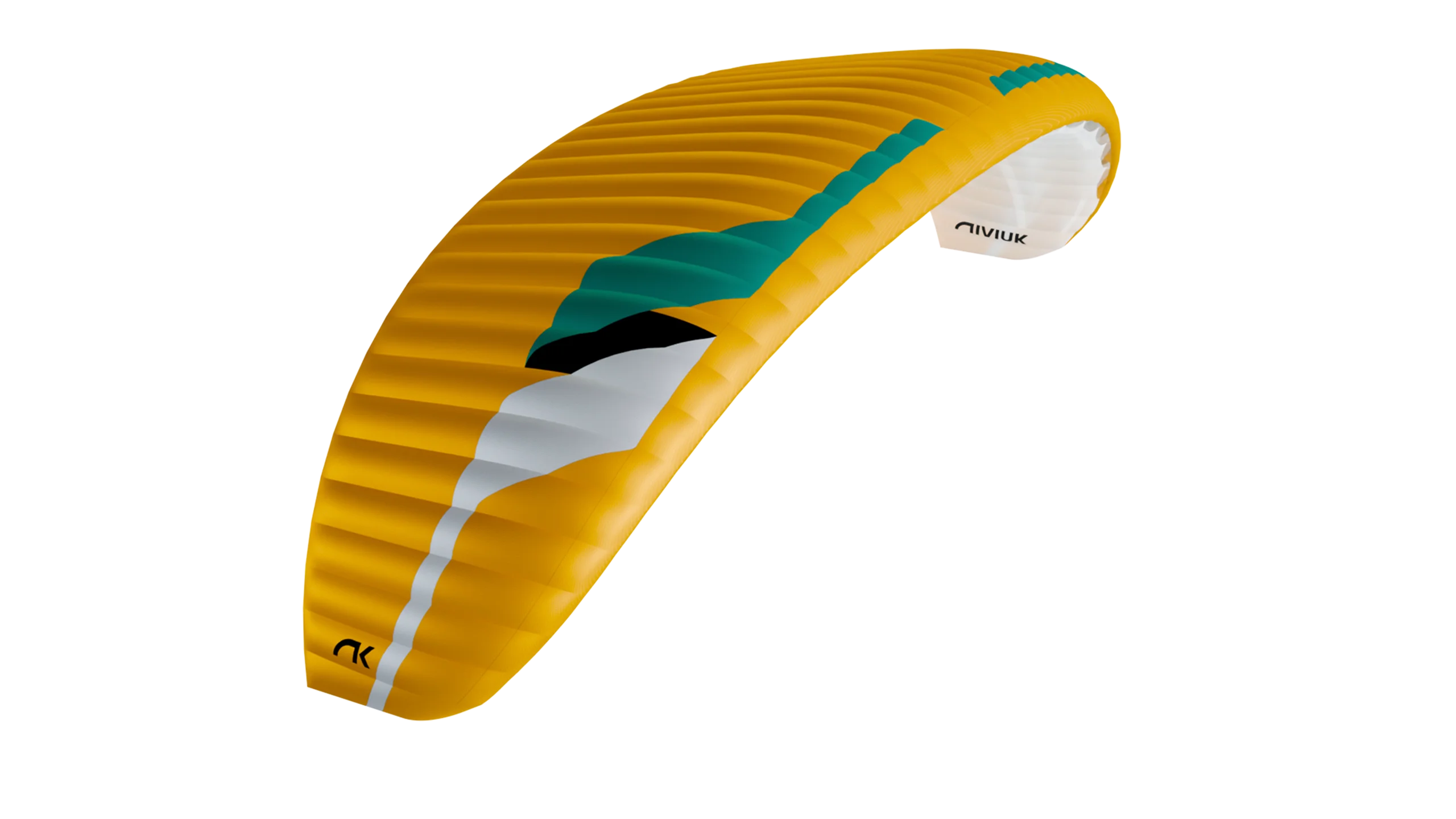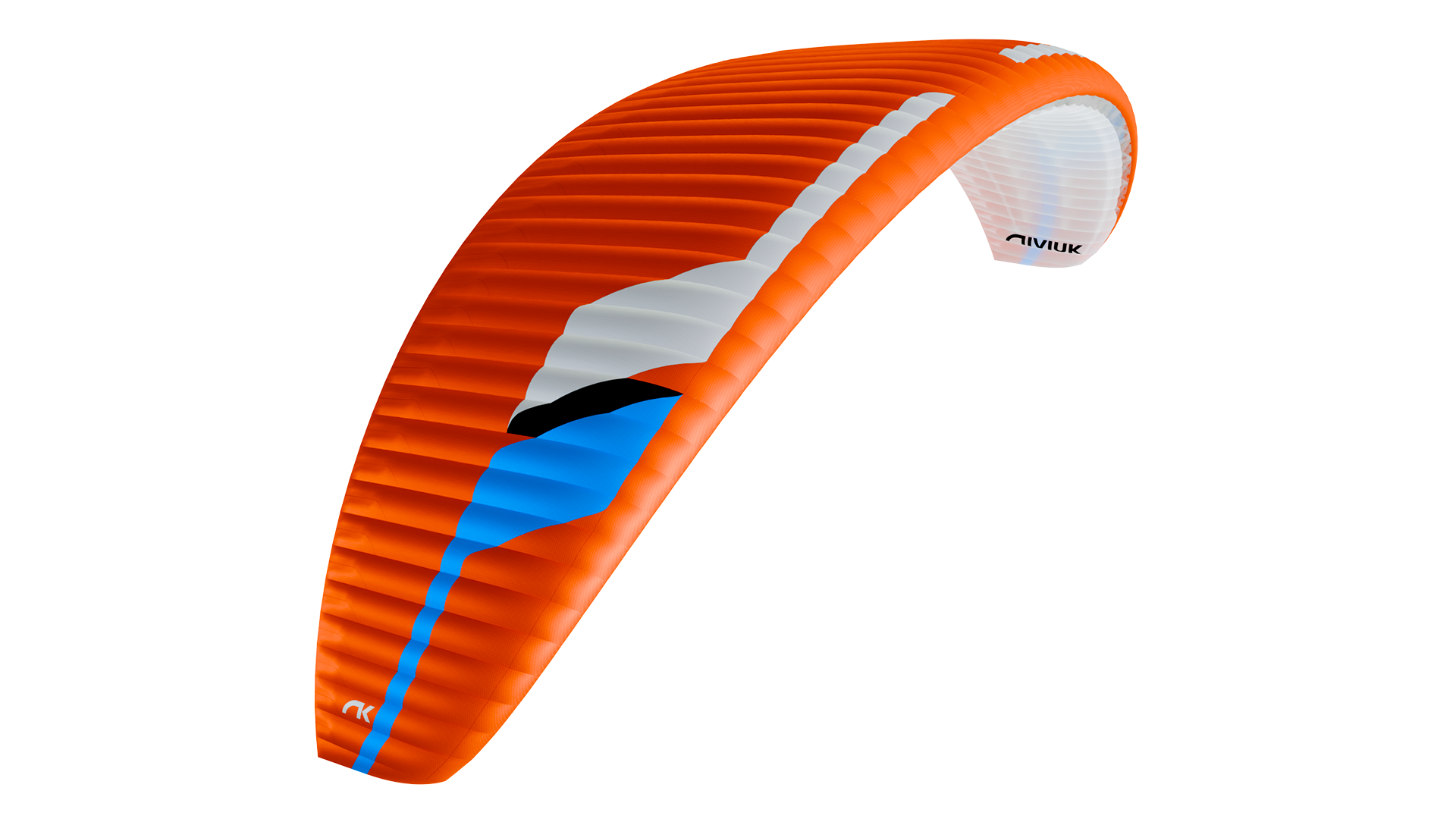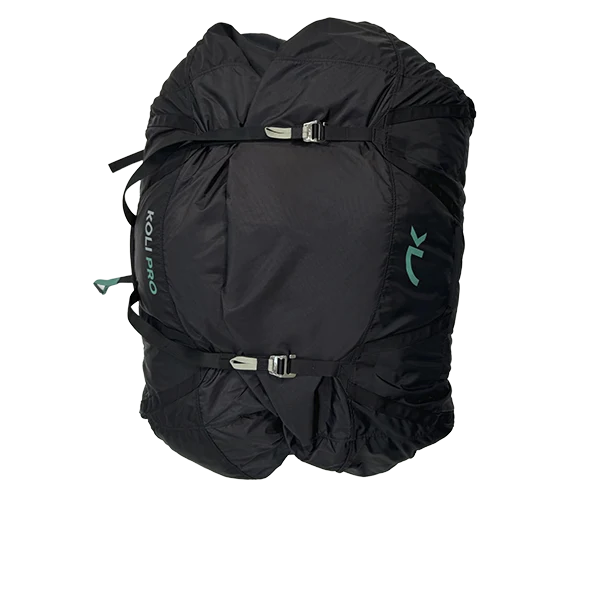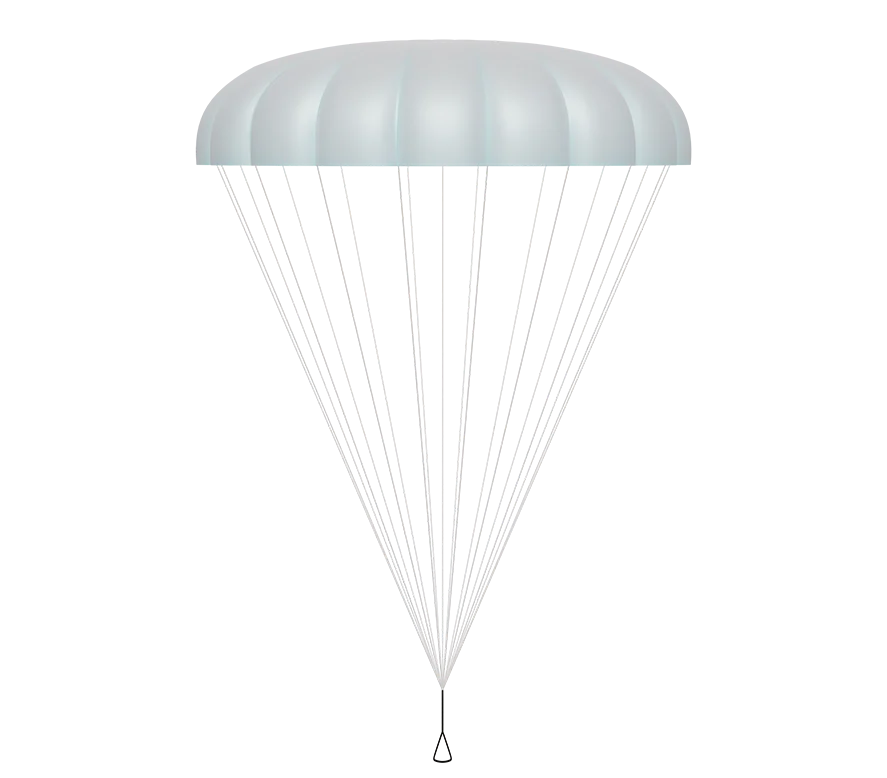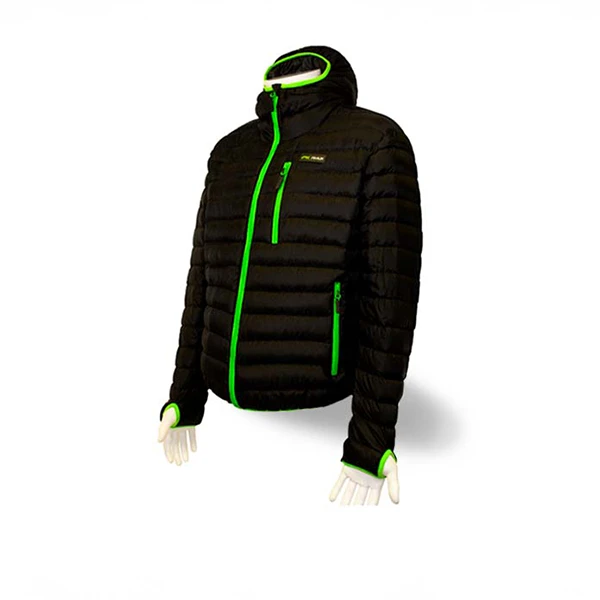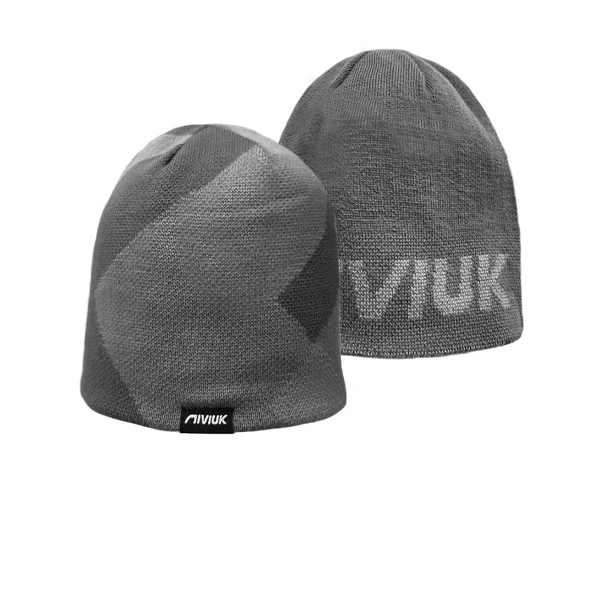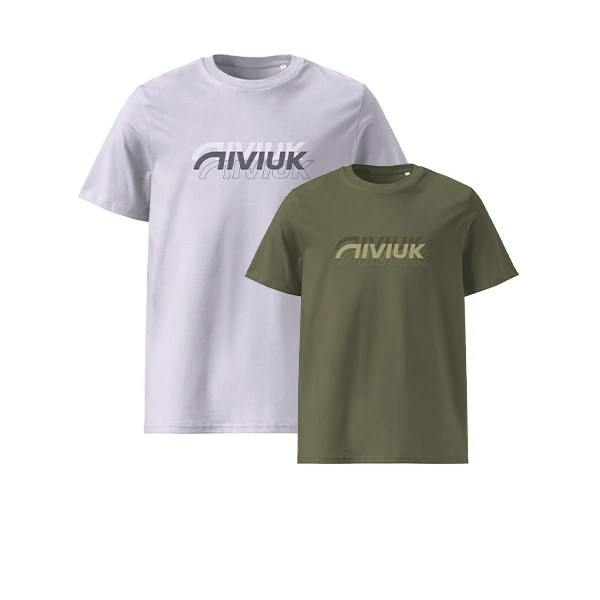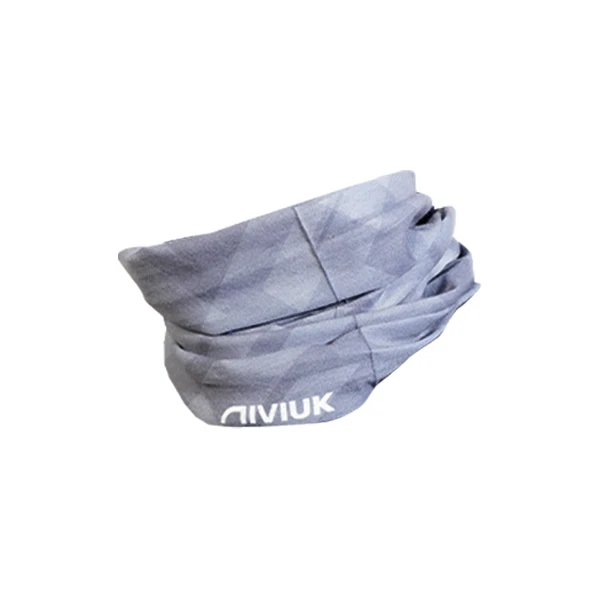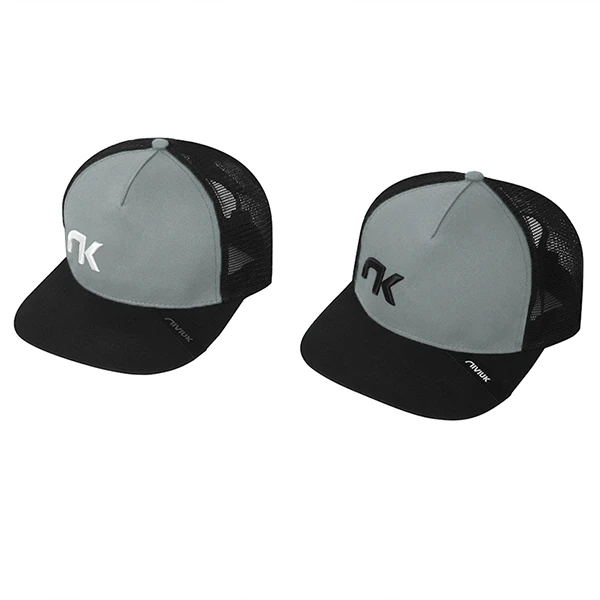Link 3
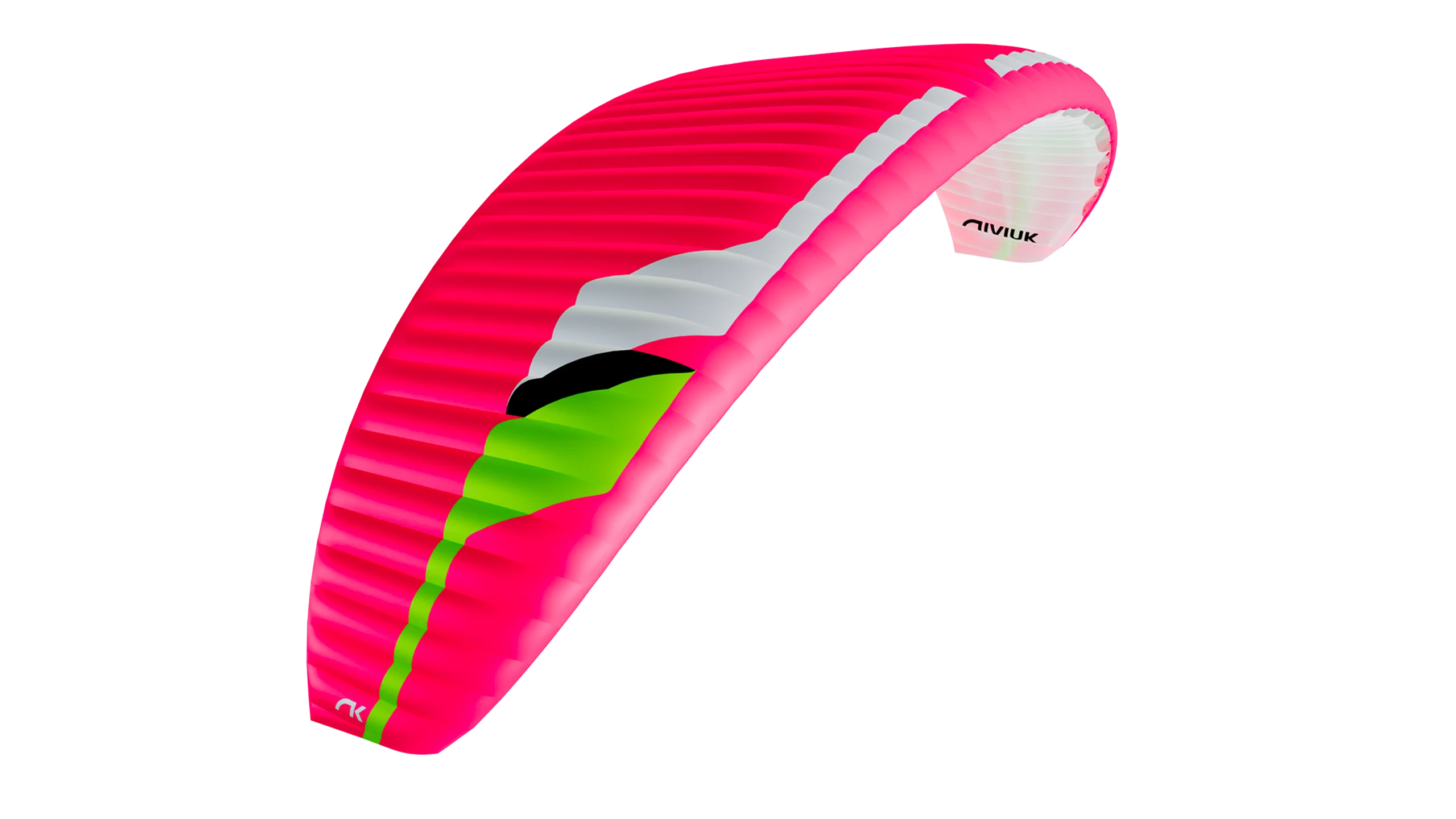
With the Link 3 you can start flying independently and advance as a paramotor pilot. It offers stability on all axes, easy handling and simplified control during launches and landings. Accessible, with better performance and greater manoeuvrability, it is the perfect choice for your first solo progression flights.
Progression
Enjoy the last paramotor flights with the school and the first solo flights outside school. The Link 3 is an accessible and safe wing that will allow you to progress and fly freely wherever you want to go.
Paramotor schools
The Link 3 is the perfect glider for students to complete their initial training in powered flight and continue progressing, being the natural step after the Wilko.
Post-training
Fly with maximum stability in all phases of flight and advance after training with the Link 3. Ideal for pilots who want to progress with comfort and peace of mind.
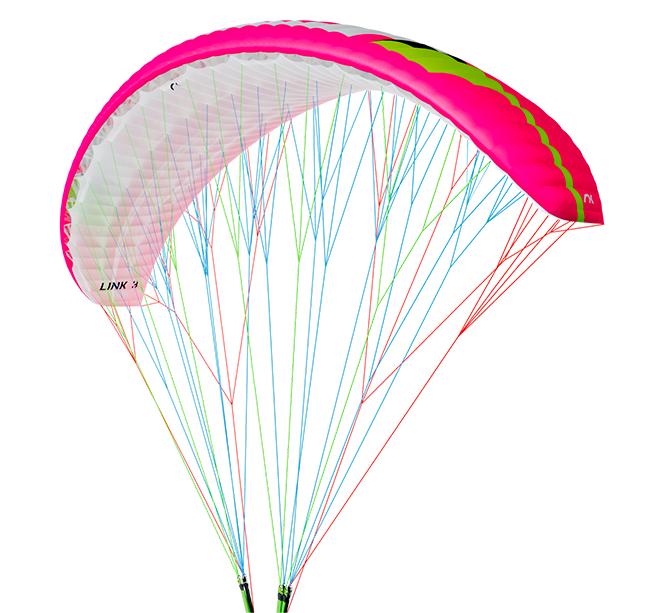
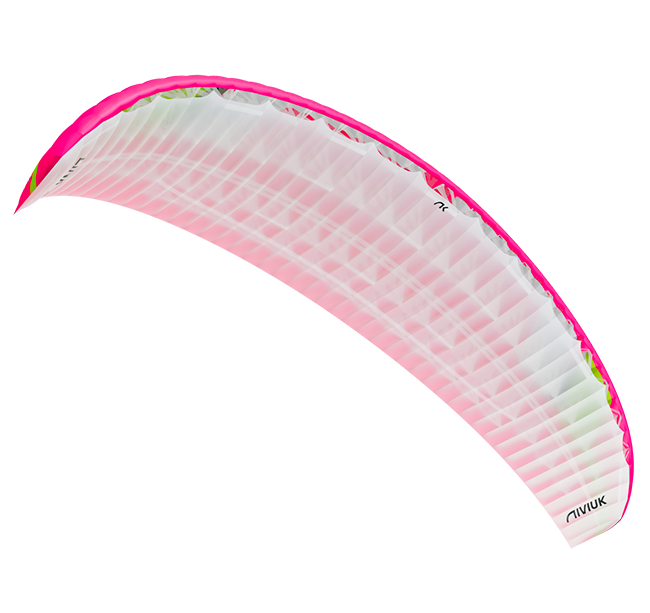
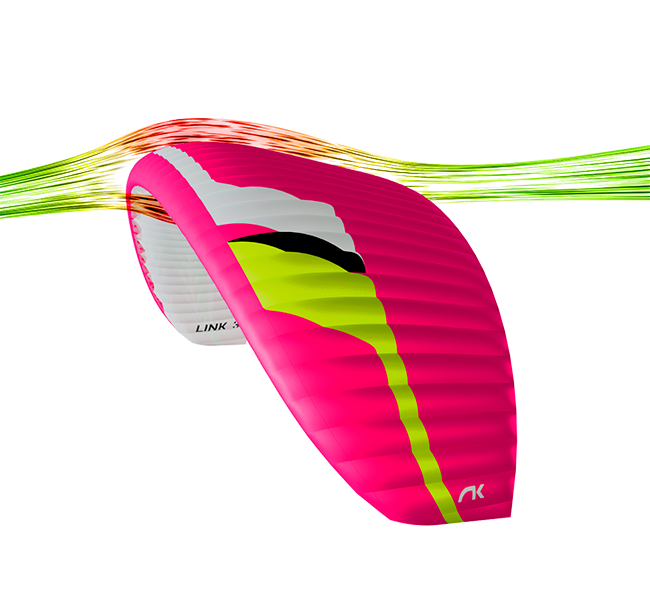
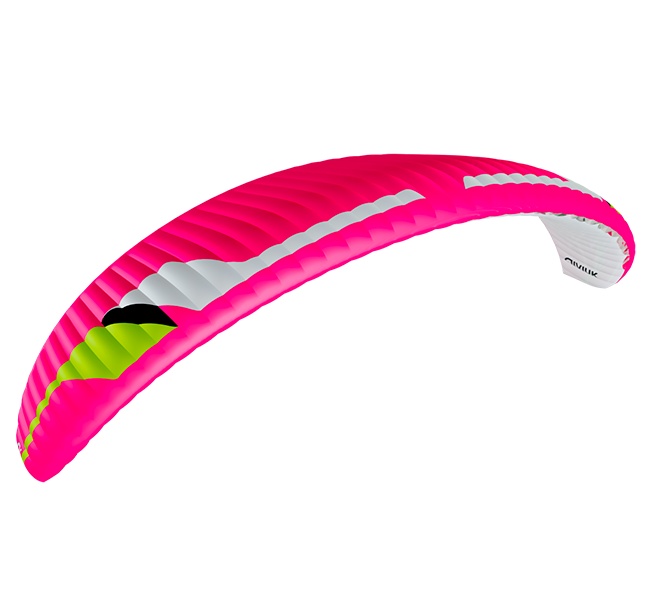
Launches and landings are easier, slower and more controlled. Inflation is uniform and much more progressive, with no tendency to overshoot.
Brake pressure is lighter and more forgiving, allowing moderate flare and speed retention for more precise landings. The late stall point is ideal for safe landings and maintaining control at low speeds, offering a very wide safety margin.


Launches and landings are easier, slower and more controlled. Inflation is uniform and much more progressive, with no tendency to overshoot.
Brake pressure is lighter and more forgiving, allowing moderate flare and speed retention for more precise landings. The late stall point is ideal for safe landings and maintaining control at low speeds, offering a very wide safety margin.


3DL technology is an adjustment of the fabric at the leading edge of the wing to control the ballooning and the creases that are generated by the curvature in this area. The leading edge is then divided into sub-panels which are sewn into each of the cells at the front of the paraglider. As a result, the leading edge of the wing is perfectly tensioned, which benefits the wing in performance and durability.
A good comparison is a rugby ball. In order to produce its characteristic oval shape without creases, its cover is made of several panels – not of just one piece.
The application of this innovation, in conjunction with the 3DP, is key to converting the perfect shape from 2D to 3D.
The RAM Air Intake system is based on the inward orientation of the air inlets in the profile so that they allow an optimum internal pressure at all angles of attack.
The result? Having greater internal pressure means better buffering of turbulence, greater consistency of the profile shape across the speed range. Excellent handling at low speed is achieved by allowing the pilot to extend the braking limit, so there is a lower risk of collapse and consequently, greater control and stability.
This technology seeks to implement the best orientation of the cloth on each panel according to its location on the leading edge. If the cloth pattern is correctly aligned with the load axes, the cloth suffers less deformation flight after flight, so the leading edge maintains its shape better and remains stronger over time.
The design of our paraglider and paramotor wings has evolved a lot over the years, with a positive and specific focus on the leading edge.
Thanks to this technology and 3DL, a perfect modelling of the panels and an exact representation from 2D to 3D is achieved.
Nitinol is a combination of 50% nickel and 50% titanium. The incorporation of Nitinol rods in the profile increases the performance of the wing, especially in three areas:
- Compared to nylon rods, the weight of the wing is reduced by 13%.
- Nitinol has two essential characteristics: shape memory and enormous elasticity. As a result, the rods retain their optimum shape even after an ultra-compact or incorrect folding, so that the wing is not deformed. This will always be the case unless the radius at the point of curvature is less than 1 cm.
- The leading edge shape is much more rigid and uniform which results in a much more consistent and progressive inflation and therefore an easier take off. The profile is taut at all times, without creases, and fully optimised for all flight phases.
In addition, the rods have a plastic protector at their ends to prevent any damage to the fabric of the wing.
Nitinol is now featured in all our wings.
The lineset has been simplified from four to three lines, compared to the previous model. This improvement not only lightens the glider, but also simplifies pre-flight preparation and significantly reduces drag, thus maximising performance and efficiency.
The design of the internal structure (ribs, diagonals and attachment points) has been optimised and the air inlets have been improved (RAM technology) to maximise load distribution and ensure better internal pressure and stability.
The Link 3 features Nitinol rods in the leading edge that maintain the optimal shape of the wing even after compressed packing, improving durability and long-term performance.
The profile and flattened arc of the canopy have been designed to maximise the stability of the wing. The Link 3 remains compact, safe and stable on all axes.
The leading edge incorporates an additional longitudinal seam and uses 3DP technology to ensure uniform, crease-free tension, resulting in a wrinkle-free profile and preserving the durability of the wing.
| 22 | 24 | 26 | 28 | |||
|---|---|---|---|---|---|---|
| CELLS | NUMBER | 46 | 46 | 46 | 46 | |
| ASPECT RATIO | FLAT | 5 | 5 | 5 | 5 | |
| PROJECTED | 3,85 | 3,85 | 3,85 | 3,85 | ||
| AREA | FLAT | m² | 22 | 24 | 26 | 28 |
| PROJECTED | m² | 19,05 | 20,79 | 22,52 | 24,25 | |
| SPAN | FLAT | m | 10,49 | 10,95 | 11,40 | 11,83 |
| CHORD | MAXIMUM | m | 2,63 | 2,75 | 2,86 | 2,97 |
| LINES | TOTAL | m | 272 | 285 | 297 | 308 |
| MAIN | 2+1/4/3 | 2+1/4/3 | 2+1/4/3 | 2+1/4/3 | ||
| RISERS | NUMBER | A+A’/B/C | A+A’/B/C | A+A’/B/C | A+A’/B/C | |
| SPEED-BAR | mm | 80 | 80 | 80 | 80 | |
| TRIMMERS | mm | 110 | 110 | 110 | 110 | |
| GLIDER WEIGHT | kg | 4,74 | 4,95 | 5,30 | 5,64 | |
| TOTAL WEIGHT IN FLIGHT | MIN-MAX | kg | 55-100 | 70-120 | 90-145 | 105-170 |
| IDENTIFICATION/CERTIFICATION | DGAC/EN 926-1 | DGAC/EN 926-1 | DGAC/EN 926-1 | DGAC/EN 926-1 |
The total weight of the wing may differ ±2% due to variations in the weight of the fabric supplied by the manufacturers.
Link 3
It contains an 8-digit code that, when entered in the MyNiviuk section, can be used for product registration, to carry out procedures and request maintenance.
